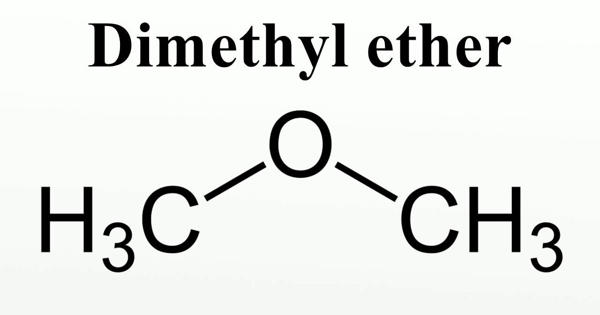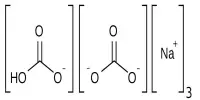In order to analyze the development of geological fluids, to constrain the global carbon budget, and to clarify the mechanism of biological metabolism, it is important to quantify the carbon isotopic composition (δ13C) of CO2.
Mass spectrometry, the most widely used isotope measuring tool, currently has a low detection efficiency since it necessitates extensive sample preparation before testing. Additionally, it cannot be directly used to in-situ detection in high-temperature and high-pressure situations due to the limitations of testing circumstances.
Recently, a research team led by Prof. Zhang Xin from the Institute of Oceanology of the Chinese Academy of Sciences (IOCAS) reported a rapid in-situ quantitative analysis method for determining the carbon isotopic composition of CO2 using Raman spectroscopy.
The study was published in Spectrochimica Acta Part A: Molecular and Biomolecular Spectroscopy on March 23, 2023.
The establishment of this Raman quantitative method provides an effective detection method for in-situ rapid monitoring of the carbon isotope composition of CO2 in high-temperature and high-pressure experiment system with isotope labeling.
Ge Yuzhou
Based on confocal micro-Raman technology and capillary high-pressure optical cell (HPOC), the researchers built a high-temperature and high-pressure experimental microsimulation device. They studied the Raman spectral characteristics of high-purity 13CO2, 12CO2, and their binary mixtures at high temperature and pressure (50–450°C, 50–400 bar).
The results demonstrated that the 13CO2 and 12CO2 could be clearly distinguished by the peak position of characteristic peaks in Raman spectra because their characteristic peaks’ full width at half maximum (FWHM) were both 2–5 cm-1 for 13CO2 and more than 15 cm-1 for 12CO2 in the experimental range of temperature and pressure.
The researchers also explored the relationship between the peak intensity ratio and content ratio under various temperatures and pressures (corresponding to density) by looking at binary mixtures of 13CO2 and 12CO2 in various ratios.
They selected the peak intensity ratio of 13CO2 to 12CO2 with a reference of the upper Raman characteristic peak (I+13/I+12) or the lower Raman characteristic peak (I-13/I-12) as quantitative indexes to respectively establish Raman quantitative calibration models, which can be used for the in-situ determination of carbon isotopic composition (13CO2/12CO2) of CO2 over a wide δ13C under high-temperature and high-pressure environments.
“The establishment of this Raman quantitative method provides an effective detection method for in-situ rapid monitoring of the carbon isotope composition of CO2 in high-temperature and high-pressure experiment system with isotope labeling,” said Ge Yuzhou, first author of the study.
“With the further improvement in the accuracy and detection limits of the model, it is expected to be applied to in-situ measurement in natural systems with a very low 13CO2 content, such as the fluid inclusions and the deep-sea hydrothermal fluids,” said Prof. Zhang, corresponding author of the study.
















